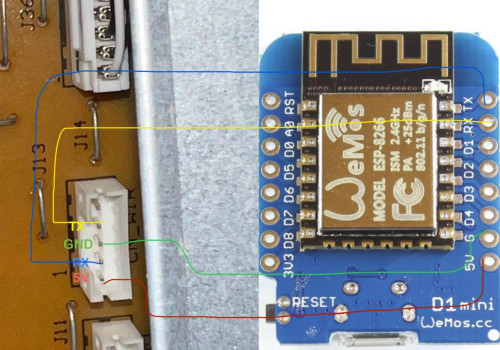QUOTE(lucaswjk @ Sep 11 2024, 11:11 PM)
I'm huge fans of openwrt, dd wrt and tomato... and flash alot wrt54g.
super stable during torrents era.
now I'm using asus original firmware, no need flash coz it was based on merlin.
my personal experience... when connect to too many devices it still not stable.
I suspect it is hardware issue.
just my 2cents
Me too from Tomato -> Gargoyle -> dd-wrt -> OpenWRT
Check on my OpenWRT; currently there are around 60 devices connected (e.g., CCTV, IOT, laptops, smartphones, smartTV, tablets, printers, AC, auto-gate, wall plug, wall switch, alarm system, RF bridge, etc.). From the layman's eye, we see there are 60 devices connected to the WiFi router, but within these connections, my router reports there are more than 600 active connection sessions or currently served (e.g., your smartphone/laptop is constantly running background connections to its service provider, e.g., WhatsApp, WeChat, news notifications, etc.; this is one device with multiple connections, which is normal).
In order for the router to serve all these connections, the router needs a lot of memory; thus, choosing a router with a lot of memory is important.
https://blog.flashrouters.com/2012/05/21/mo...ve%20throughput.
QUOTE(Drian @ Sep 12 2024, 09:39 AM)
You should start using enterprise/small business AP once you have many clients.
Unifi, Omada etc
Possible to suggest any Unifi or Omada AP model and budget friendly? Is it just plug and play, or need some configuration?
QUOTE(azbro @ Sep 12 2024, 08:35 PM)
So meaning to say, layman's terms
If I have let's say 40 devices, including a dozen CCTV.
All having good signal coverage.
Creating a mesh will not help at all in improving the device stability. Right?
Or, is it better to doing it as an access point rather than Mesh. Mainly to stability.
I'm asking cos about to buy a same router (used) and the one that came with the Unifi package (X3060Z)
Or better to buy an old router like Tenda AC18 (AC2100) that is able to connect to 50 devices and create it as an Access Point
Thanks in advance
Mesh is mean to serve blind spot location, if you don't have blind spot, then no need to setup mesh network.
However, no harm to get a Wi-Fi router that is ready to serve this kind of situation.
Just want to share this link where it test your connection's packetloss.
https://packetlosstest.com/From the Test setting, select preset approximation to default; select Singapore server and start the test.
If you have Zero packet loss, that is good otherwise you have reason to upgrade

QUOTE(simmarjit @ Sep 12 2024, 09:59 PM)
All wifi CCTV? Damn
Maybe create a SSID with just 2.4GHz for the CCTV put it on different channel. Other devices connect to a new SSID with both 2.4GHz and 5GHz.
I can only talk from OpenWRT perspective, if I switch the WIFI channel for SSID 1 to Ch1 (e.g. 2.4GHz), all the SSID originated from the same router (2.4GHz) will follow and changed to Ch1. You cannot have multiple channels within the same WIFI AP.


 Mar 2 2024, 11:36 PM
Mar 2 2024, 11:36 PM

 Quote
Quote








 0.0363sec
0.0363sec
 0.32
0.32
 7 queries
7 queries
 GZIP Disabled
GZIP Disabled